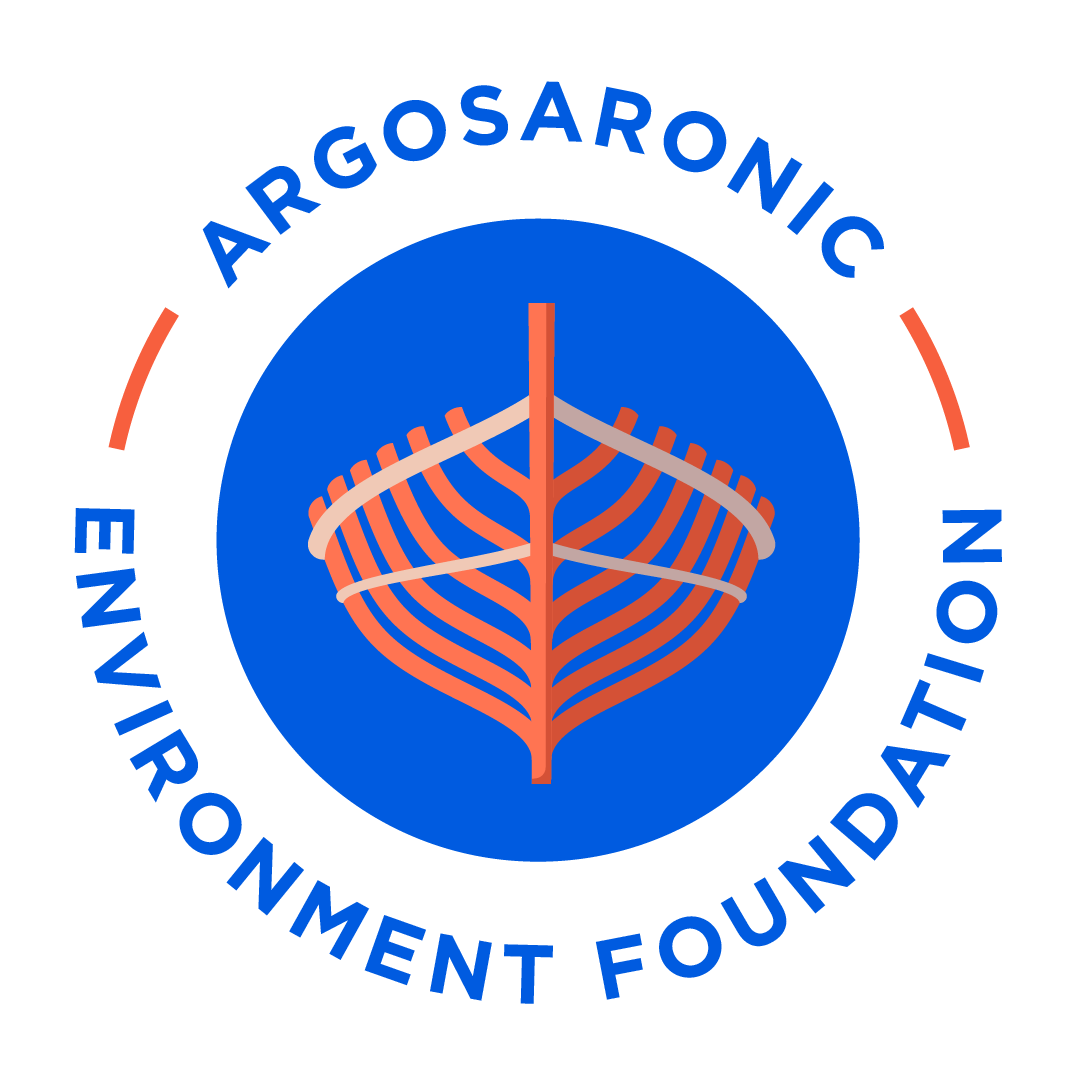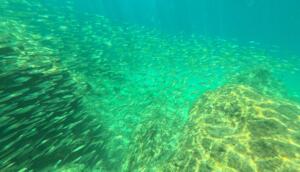
Biodiversity Conservation
Area of interest
Biodiversity Conservation
The Argosaronic Gulf hosts rich biodiversity, with diverse habitats and protected species and is a vital stopover for migratory birds traveling between Europe and Africa as coastal wetlands and forested areas provide essential resources during their long journeys. However, these ecosystems face pressure from land-use change, climate impacts, and seasonal tourism. Preserving biodiversity here is key not only for nature, but also for sustaining local economies that depend on healthy ecosystems.
At AEF, we support projects that restore habitats, monitor wildlife and promote sustainable land use. Through scientific research, awareness-raising, and strong partnerships, we aim to protect vulnerable species and ensure that the Argosaronic remains a thriving environment for both nature and local communities.





